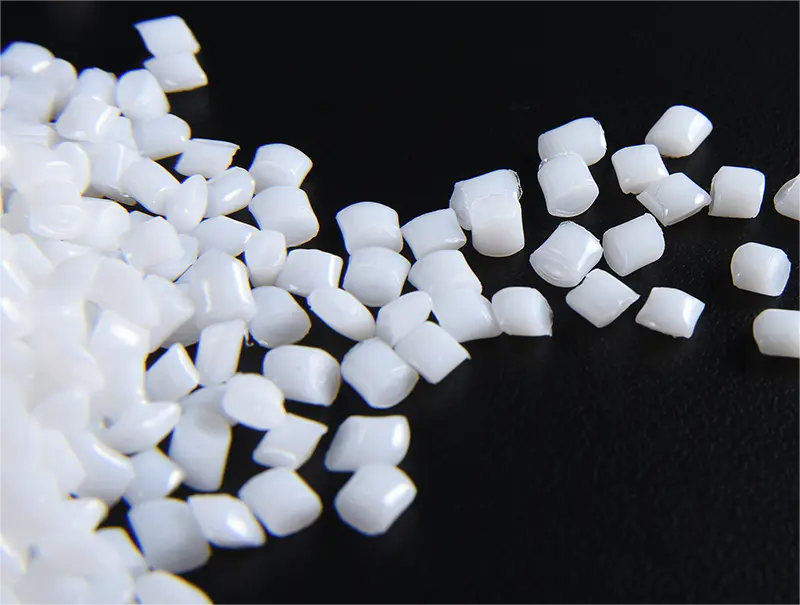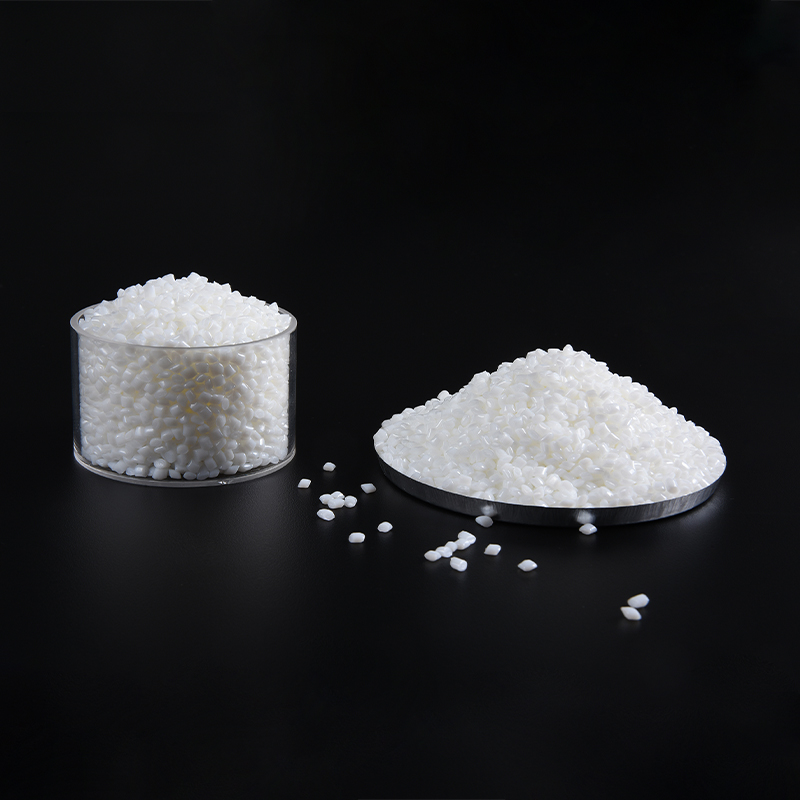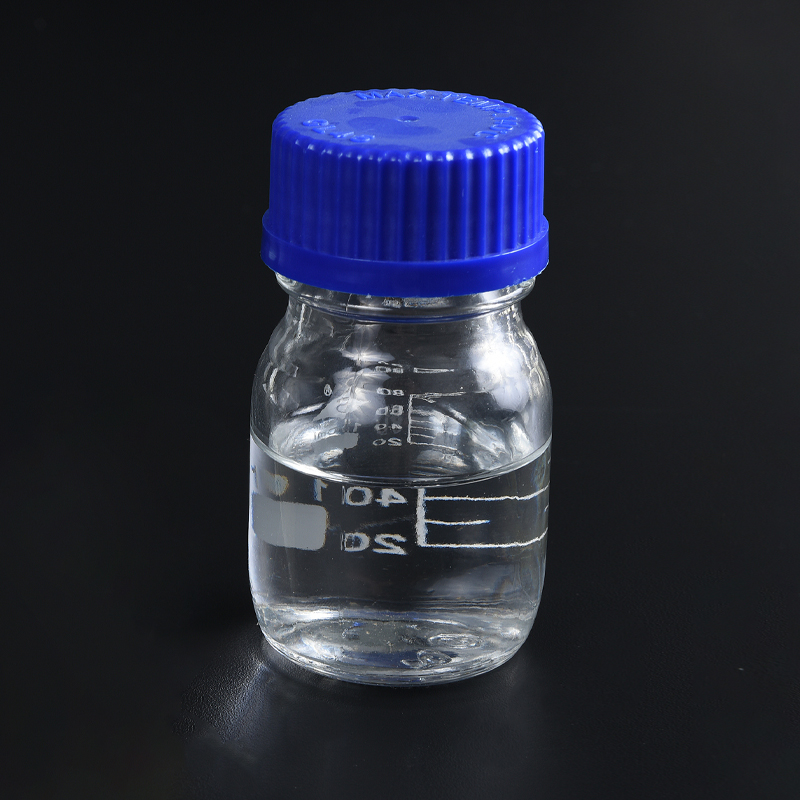Produktová konzultácia
Vaša emailová adresa nebude zverejnená. Povinné polia sú označené *

The cooling process plays a vital role in the production of fibers, especially in the production process of MY10 series PBT melt. This process is the key link in converting the melt into solid fibers, involving the optimization of fiber structure and performance. When the MY10 series PBT melt is ejected from the spinneret, the temperature is extremely high and in a viscous flow state. At this time, through effective cooling means, the temperature of the melt can be quickly reduced, and its viscosity gradually increases. When the viscosity reaches a certain critical value and the winding tension is not enough to continue to stretch the fiber, the fiber will reach the solidification point and complete the transformation from melt to solid fiber. If the cooling process is not timely or the cooling conditions are improper, the fiber may be affected by the drafting force before it is fully solidified, which will cause the fiber structure to be uneven, and defects such as twisting and broken wires will occur, which will seriously affect the appearance and internal quality of the fiber.
The crystallization process is closely related to cooling, and the speed and method of cooling have a direct impact on the crystallinity and performance of the fiber. In the early stage of cooling, due to the high temperature and intense molecular thermal motion, the generation of crystal nuclei is inhibited or the generated crystal nuclei are unstable. As the temperature gradually decreases, the rate of homogeneous nucleation accelerates, the viscosity of the melt increases, the activity of the chain segments decreases, and the growth rate of the crystals also slows down. The appropriate cooling rate can not only promote the stable generation of crystal nuclei, but also promote the orderly growth of crystals, thereby improving the crystallinity of the fiber. MY10 series PBT has a faster crystallization rate. By precisely controlling the cooling conditions, the crystal structure of the fiber can be further optimized, making it perform well in terms of strength, modulus and dimensional stability.
The cooling process also has a significant effect on the mechanical properties of the fiber. Moderate cooling can cause the molecular chains to be arranged in an orderly manner along the stress field direction during the drawing process to form an oriented structure, thereby improving the strength and toughness of the fiber. However, if the cooling is too fast, the temperature on the surface of the melt stream will drop rapidly, while the internal temperature is still high, resulting in the phenomenon of "cold skin and hot heart". This phenomenon will cause uneven stress distribution inside the fiber, increase the risk of broken wires, and make the fiber feel rough and hard. Relatively speaking, if the cooling is too slow, the fiber is prone to adhesion and entanglement during the drawing process, and it is difficult to form a uniform fiber structure, thereby reducing its mechanical properties.
In terms of improving production efficiency, a reasonable cooling solution is crucial. The layered cooling strategy uses a high temperature and low speed cooling airflow at the top layer close to the spinneret, which can effectively avoid the problem of increased viscosity and tensile stress caused by premature and rapid cooling of the melt stream, thereby ensuring smooth fiber drawing. In addition, stable cooling conditions can reduce failures and downtime during the production process, and improve equipment utilization and production efficiency.
What are the precautions in the production process of my10 series pbt for filament spinning
Aké sú výhody tuhosti PBT plastu v praktických aplikáciách
Vaša emailová adresa nebude zverejnená. Povinné polia sú označené *

Trieda: séria MY08 Použitie: Elektronika a elektrické spotrebiče Výkonové charakteristiky: Odolnosť proti starnutiu teplom, dobrý sterilizačný výkon, dobrá odolnosť voči rozpúšťadlám RARU ...
Pozri Podrobnosti
Trieda: séria MY10 Použitie: Automobilové diely (nové energetické a hybridné vozidlá) Výkonové charakteristiky: Odolnosť proti starnutiu teplom, odolnosť proti únave. Nízka absorpcia vody. ...
Pozri Podrobnosti
Trieda: séria MY10 Použitie: Spriadanie vlákna, chemické vlákno Výkonové charakteristiky: Elasticita, vysoká farebná stálosť, odolnosť voči starnutiu svetlom a dobrá odolnosť voči chlóru. Sil...
Pozri Podrobnosti
Trieda: séria MY12 Použitie: Optika, špeciálne vlákna chemické vlákno. Výkonové charakteristiky: Odolnosť proti hydrolýze, dobrá kvalita povrchu, vysoká kruhovitosť, odolnosť voči vysokému tl...
Pozri Podrobnosti
THF Molekulový vzorec: C4H8O Bezfarebná priehľadná kvapalina Je široko používaný v organickej syntéze, polymérnom priemysle a ako organické rozpúšťadlá.
Pozri Podrobnosti